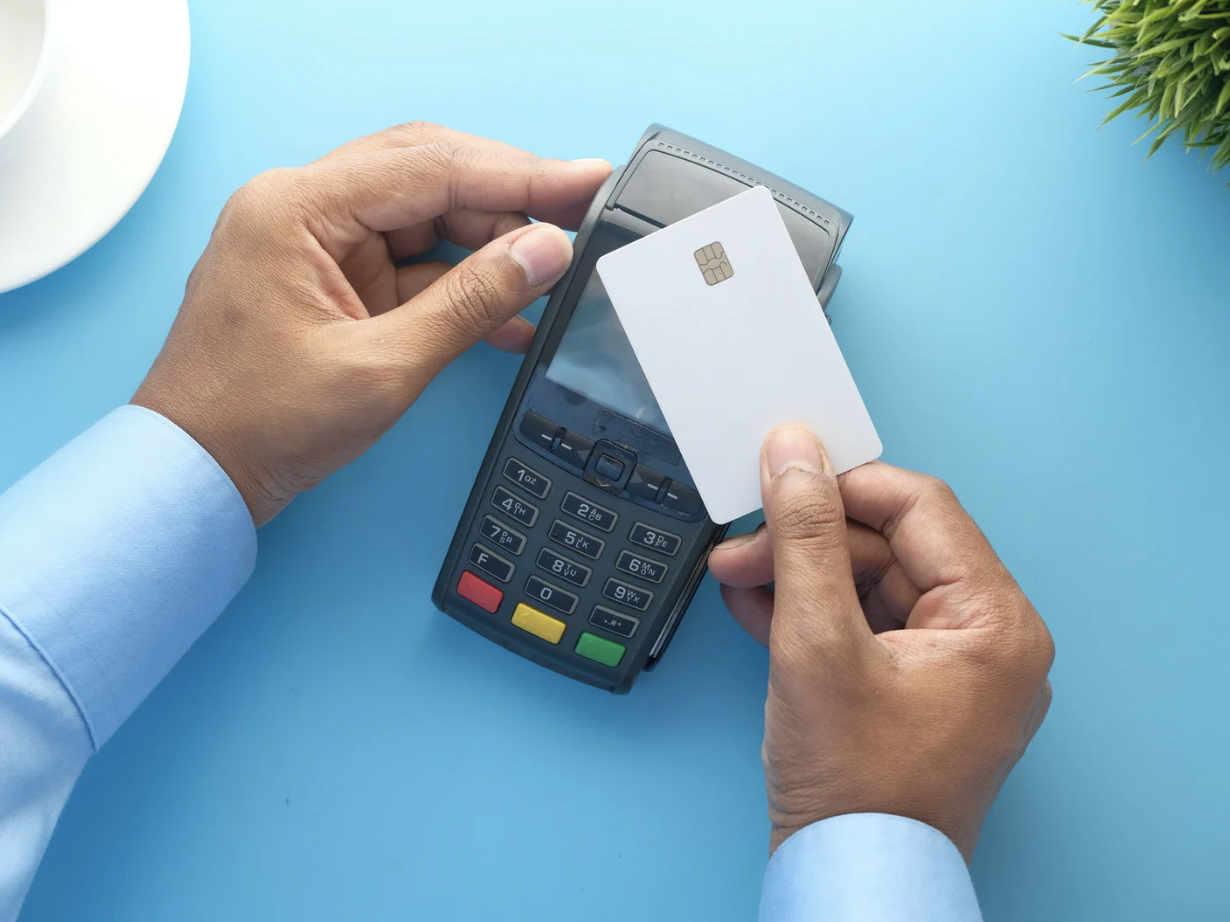Owning a credit card has turned from luxury to commonplace. For those starting their financial journey, using a credit card responsibly and making regular payments can help build a strong credit history and a good credit score.
Key Points to Remember
- Minimum Payments and Due Dates: Each month, your credit card issuer will set a minimum payment amount and a due date. Making at least the minimum payment on time is crucial for maintaining a positive credit history and improving your credit score.
- Paying More to Reduce Interest: While paying the minimum keeps you in good standing, paying more than the minimum will help reduce the interest you owe. Paying your balance in full each month allows you to avoid interest charges altogether.
Understanding Your Credit Card Balance
When you make a purchase with a credit card, the amount is added to your credit card balance. This balance isn’t just a sum of your purchases; it includes:
- Interest: The cost of borrowing money on your card.
- Fees and Penalties: These may include annual fees, foreign transaction fees, cash advance fees, and late payment penalties.
At the end of each billing cycle, your card issuer provides a statement with the total amount owed, the minimum payment required, and the payment due date. To maintain good credit standing, it’s essential to make at least the minimum payment on time. Any remaining balance will carry over to the next month, accruing interest, making it beneficial to pay more than the minimum or the full balance whenever possible.
Credit Utilization Ratio and Its Impact
Your credit utilization ratio is a significant factor in your credit score. This ratio represents how much of your available credit you are using. For example, if you have a credit limit of $5,000 and a balance of $1,500, your credit utilization ratio is 30%. Keeping this ratio at or below 30% is generally recommended to maintain a good credit score.
A high credit utilization ratio can negatively impact your credit score, making you appear less financially responsible to potential lenders. It’s important to manage your spending and keep your balance well below your credit limit to avoid this.
How Credit Card Interest Rates Work
Credit card interest is calculated using an annual percentage rate (APR). The APR is divided by 12 to determine the monthly interest rate applied to your outstanding balance. For example, a credit card with a 20% APR would charge approximately 1.67% interest on the outstanding balance each month.
Credit cards typically allow you to carry a balance over from month to month, which is known as revolving credit. However, some cards, known as charge cards, require the balance to be paid in full each month, avoiding interest charges.
It’s also common for credit cards to have multiple APRs, such as one for purchases and another for cash advances. All of these details are provided in the credit card terms, which you should review carefully when opening an account or comparing different cards.
Navigating Credit Card Fees and Penalties
Credit cards often come with various fees and penalties, some of which can be easily overlooked. Here are a few key fees to watch out for:
- Late Fees: Missing the due date for your minimum payment can result in a late fee, which is typically around $32 but can vary based on the card issuer and the number of late payments. Late payments can also be reported to credit bureaus, potentially lowering your credit score.
Understanding these fees and how they are applied can help you avoid unnecessary costs and manage your credit card effectively.
By understanding how credit card payments work, managing your credit utilization, and being mindful of interest rates and fees, you can use credit cards to build a strong financial foundation.
From Dispute to Digital Wealth: How the Winklevoss Twins Became Bitcoin Billionaires





